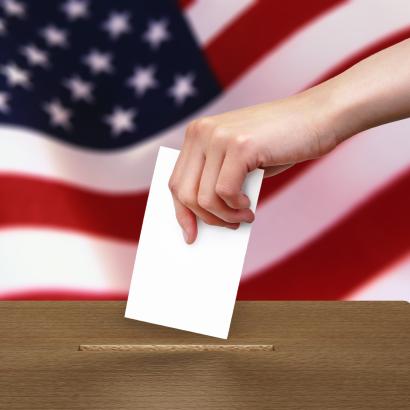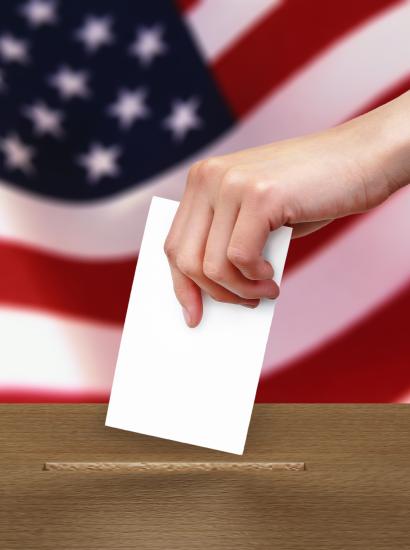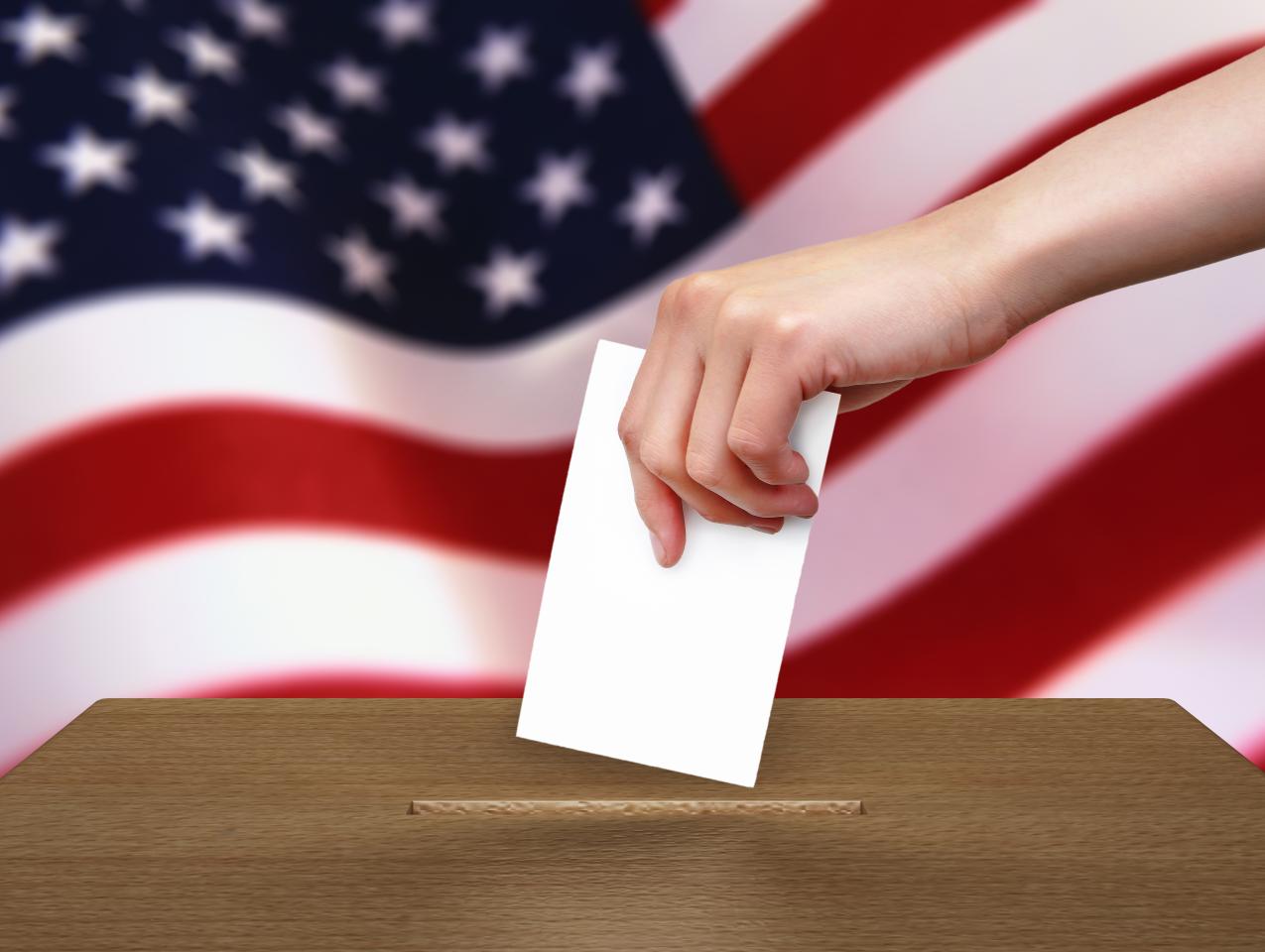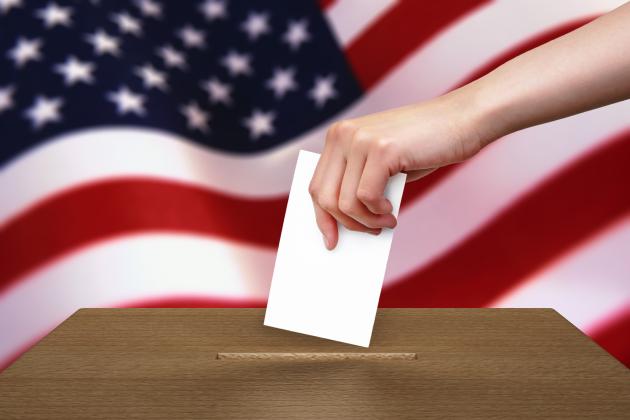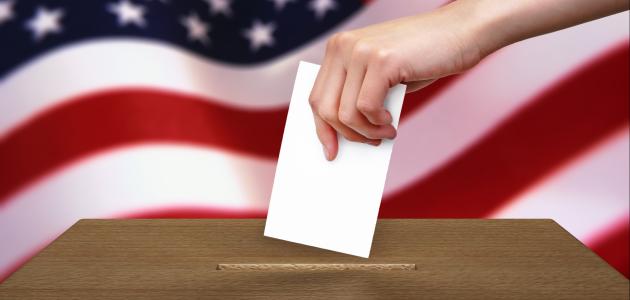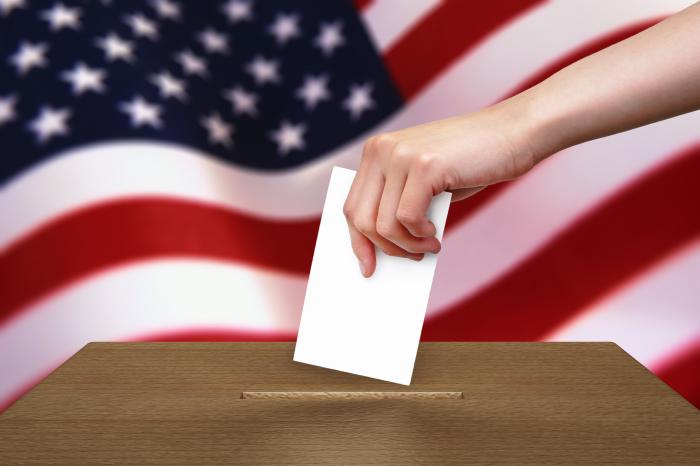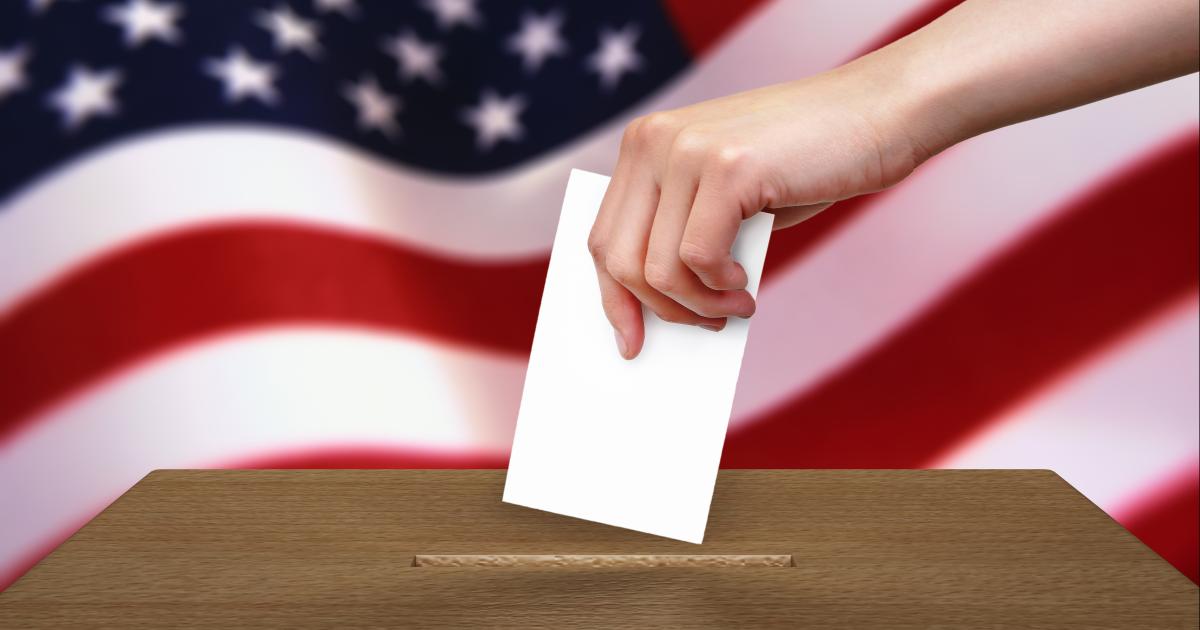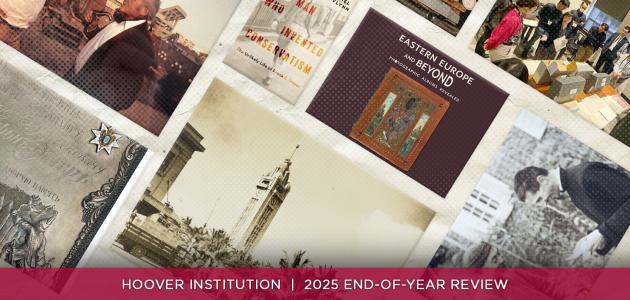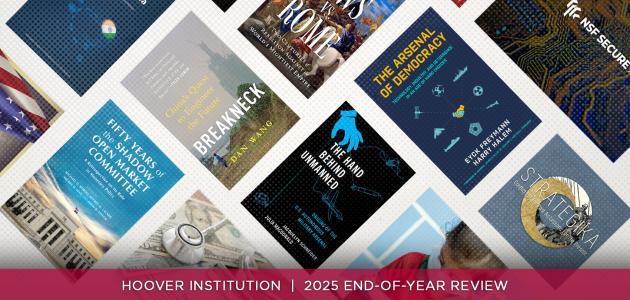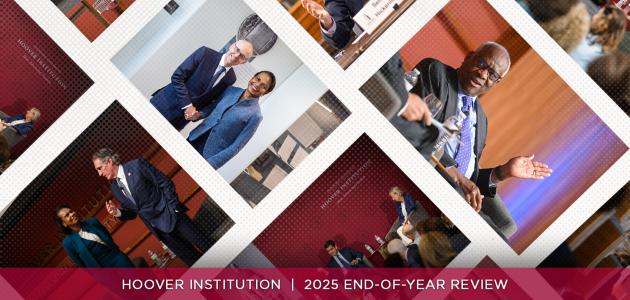Hoover Institution (Stanford, CA) — On June 18 and 19, a cross section of election experts, practitioners, and policy observers gathered at the Hoover Institution to examine the current state of US elections and identify both achievements and shortcomings in the 2024 election cycle.
On the whole, participants said the 2024 vote proceeded smoothly but that the future success of American elections is clouded by risks. These include the significant segment of the population that doubts elections’ reliability, reductions in funding and cybersecurity defenses, and a US election infrastructure that needs modernization to integrate emerging technologies.
The gathering is part of a series dedicated to developing a long-term blueprint for sustaining and improving future American elections. It was organized by Volker Distinguished Visiting Fellow Benjamin Ginsberg and Hoover’s Center for Revitalizing American Institutions (RAI), in concert with initiatives Pillars of the Community and the Election Official Legal Defense Network.
Participants acknowledged major successes by election officials in delivering a generally smooth experience to voters in 2024, with few systemic failures recorded. The consensus was that the direct voter experience remains positive. But participants acknowledged—despite the absence of postelection challenges to the results’ accuracy—that public trust in the electoral system lags, shaped more by disinformation than by the reality of election administration. Participants also wrestled with the distinction between citizens expressing belief in the trustworthiness of their own local elections based on their personal experience but still not having trust in the national system as a whole.
Participants emphasized that trust is most readily achieved through operational excellence—smooth, transparent, and efficiently run elections. A number of individuals added that extensive public outreach and targeted messaging campaigns are essential to building public confidence in elections.
Several local and state-level developments were discussed, including new polling place management approaches, the need to maintain accurate voter rolls, and challenges around voter registration efforts and ballot access campaigns. Participants also weighed in on emerging fraud and vote suppression concerns, such as mass challenges to voter eligibility, false messaging disseminated on social media, and new uses of AI in these processes.
Federal and state legal frameworks concerning elections also received significant attention. Attendees discussed the potential impacts of recent executive orders and US Department of Justice investigations into state election systems and whether these systems comply with the Help America Vote Act. Changes in the mission of the Justice Department’s Civil Rights Division mission and its new emphasis on election integrity were noted. Also of concern was the continued proliferation of groups fundraising on the basis of overstated claims about voter fraud or voter suppression.
The group recognized the complexities that would be caused by implementation of such new federal initiatives as the proposed SAVE Act, expected to require photo identification to vote, and a recent executive order that would revise voting machine certification standards to require machines that are not currently available. Attempts to intervene in election technology and administrative processes from both left- and right-leaning actors were seen as sources of uncertainty and a risk for the future.
Finally, participants attempted to look forward thirty years to envision a future of US elections that balances technological change, evolving public expectations, and enduring commitments to integrity and accessibility.
The June gathering concluded with expressions of unanimity on the importance of continued bipartisan cooperation, transparent operations, and the necessity of proactive, future-focused dialogue to ensure the resilience and public legitimacy of American elections.
Learn more about RAI’s Improving American Elections research program here.








